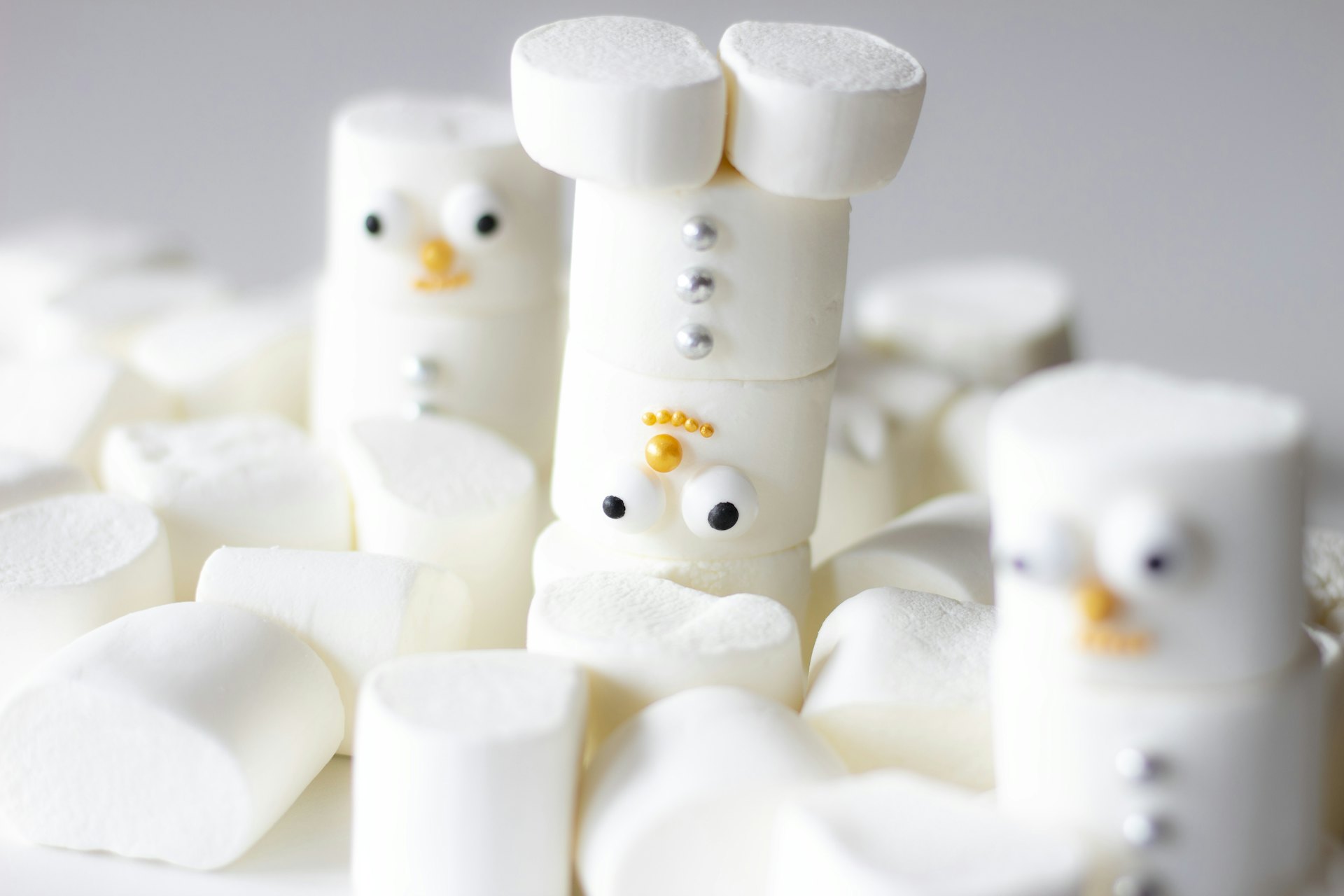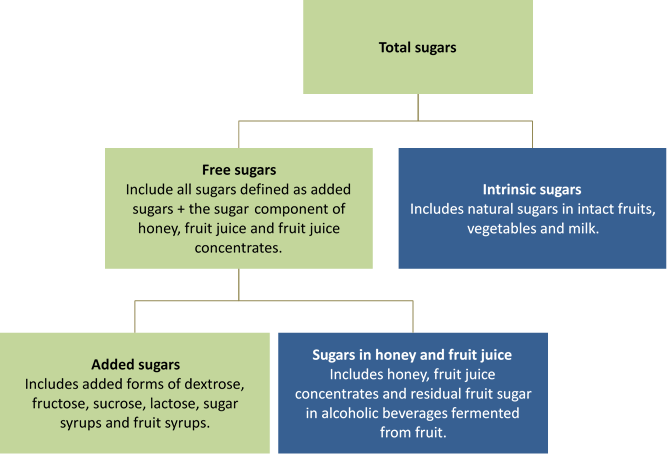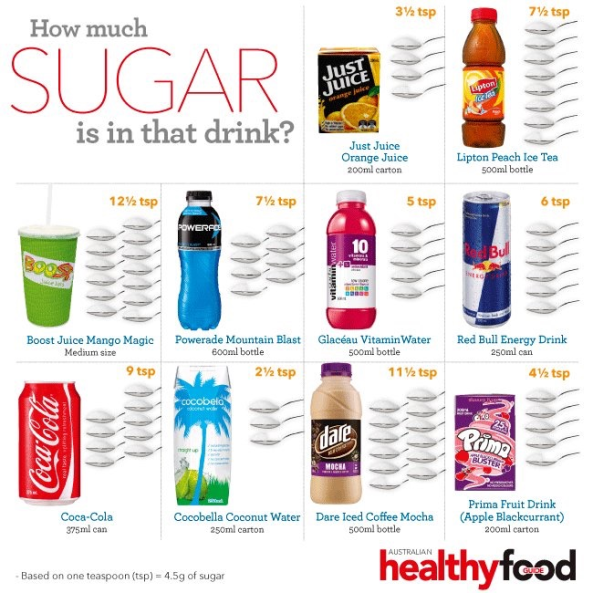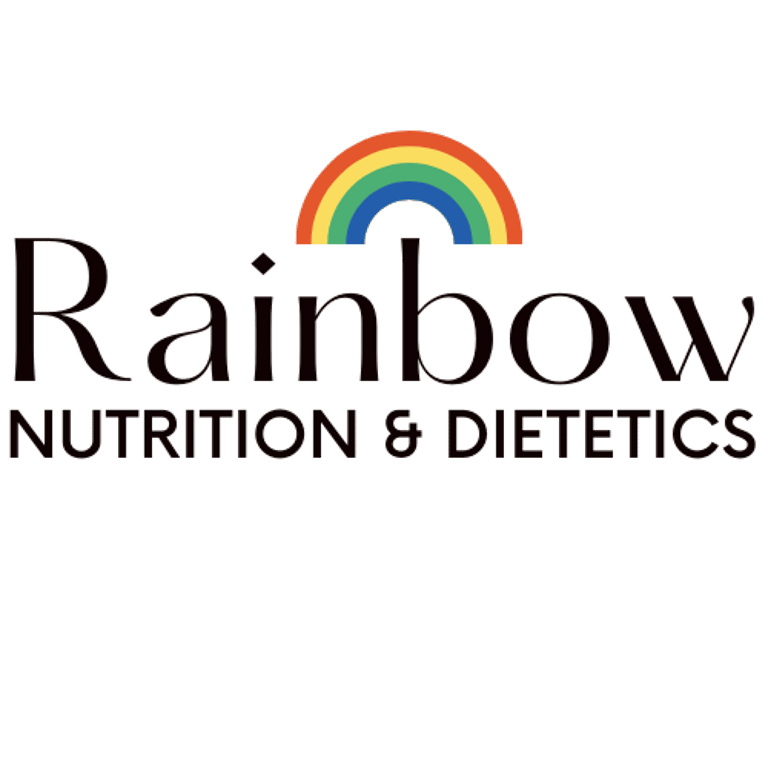
Sugar and Type 2 Diabetes- Is there a sugar limit?
TYPE 2 DIABETES AND MANAGEMENT
Sugar is the simplest form of carbohydrate-containing food. When you ingest sugar, it is directly absorbed into the bloodstream without the need for your gut to break them down. What this means is that ingesting sugar will spike your blood sugar level in a very short period of time.
WHERE DOES THE SUGAR COME FROM?
The diagram below illustrates nicely where the sugar comes from.


The World Health Organization (WHO) recommends that 'free' sugars to be no more than 10% of your daily kilojoule intake to prevent unhealthy weight gain and dental caries, or less than 12 teaspoons or 54g of 'free' sugar per day. This means that If you have a can of coke (9 teaspoons or 40.5g 'free' sugar ), you only have 3 teaspoons (13.5g) sugar allowance left for other food for the rest of the day. Therefore, the best advice is to limit your sugary drinks consumption.
If you have diabetes, best practice guidelines recommend avoiding foods and drinks containing added sugars such as confectionary, sugar sweetened soft drinks and cordials, fruit drinks, vitamin waters, energy and sports drinks. Some of the sugary drink examples are shown in the diagram below. Why so? Remember that sugar can spike your blood sugar level in a very short time? In addition to that, think about the capability of your body if you have diabetes: are you able to lower your blood sugar level as efficient as comparing to when you do not have any diabetes? Have a read on my post about Type 2 Diabetes before continue on.
References:
Food Standards Australia and New Zealand. Sugar. Published Auguest 2010. Accessed March 14, 2021. https://www.foodstandards.gov.au/consumer/nutrition/Pages/Sugar.aspx
NACCHO. NACCHO Aboriginal Health News Alerts. Published December 16, 2016. Accessed March 14, 2021. https://nacchocommunique.com/2016/12/16/naccho-aboriginal-health-obesity-and-the-sugartax-barnaby-joyce-on-the-merits-of-a-sugary-drinks-tax/
The Royal Australian College of General Practitioners. General practice management of type 2 diabetes: 2016–18. East Melbourne, Vic: RACGP, 2016.


WHAT IS THE BIGGER PICTURE for those who have diabetes or pre-diabetes?
I won't say all, but most diabetic individuals who I consult in my clinic tend to have sweet tooth. If sugary drink consumption has become a part of your eating habit or you do not want to miss your favourite sweet treat, I would recommend you to find an accredited dietitian to work with you and support you to stabilize your blood sugar level. You may think that I am starting to promote my consultation session here. The answer is no. There are other cofounding factors which contribute to uncontrolled blood sugar level and sugar is just one of them. You can, of course, gather lots of information on the 'what', 'why', and 'how’, and do please make sure the information is accountable. And I do find some people with good food knowledge tends to need less time to achieve their goal to stabilize the blood sugar level. But, here's the thing: you probably want some guidance to start the process or you would like a systematic or structural way to approach it. You also want to know how to continue enjoying your favourite food. You want a professional to troubleshoot with you in an evidence-based manner. And the list goes on. Now, it is important to allow some time to trial and error with your dietitian because you may be facing some barriers along the way. Don't get frustrated and give up, rather review with your dietitian, tell them what's not working and how to improvise it. To make both ends meet takes time and so allow that to happen. Ultimately you would want to turn the changes you make into a habit so that you don't even need to think hard to stabilize your blood sugar level. Before that, keep communicating with your dietitian and let them help you from all angles.
